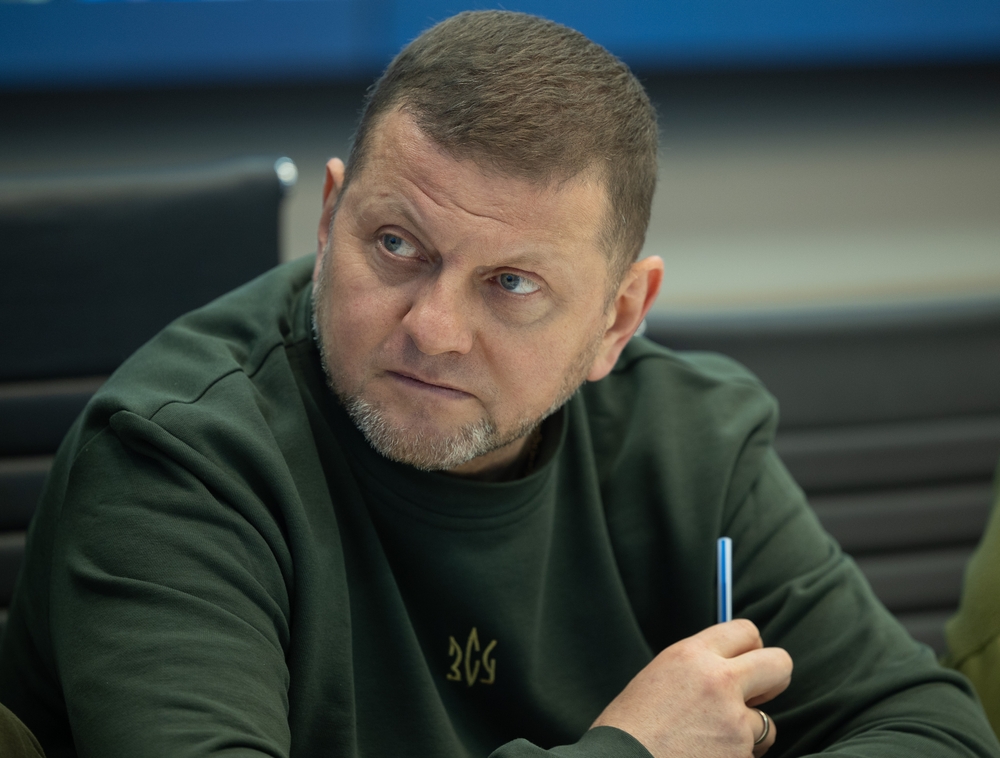The initial hopes of exhausting the Russian forces may have been a strategic miscalculation
Others are reading now
In a candid admission, General Valerii Zaluzhnyi, the Commander-in-Chief of the Armed Forces of Ukraine, has acknowledged that the ongoing conflict with Russia has hit a standstill, and the initial hopes of exhausting the Russian forces may have been a strategic miscalculation.
The General shared his in-depth evaluation of the military campaign in a recent interview with The Economist, highlighting the parallels between the current situation and the trench warfare of the First World War.
Over the past five months, Ukraine’s counteroffensive operations have yielded minimal territorial gains, advancing merely 17 kilometers into contested regions. Meanwhile, Russia has been embroiled in a relentless battle to seize Bakhmut, a relatively small city, for nearly ten months.
These developments paint a grim picture of a battlefield locked in a deadlock, with neither side able to secure a decisive victory.
Also read
General Zaluzhnyi’s bold statement
General Zaluzhnyi pointed out that the technological parity between the two forces has played a significant role in creating this stalemate. “Just like in the First World War, we have reached a level of technology that baffles us… Most likely, there will not be a deep and beautiful breakthrough,” he remarked.
The General underscored the need for a substantial technological breakthrough to tip the scales and break the impasse.
The prolonged nature of the conflict has begun to dampen Western hopes that Ukraine could leverage its counteroffensive to demonstrate the futility of the war, potentially prompting Russian President Vladimir Putin to seek a diplomatic resolution.
This scenario seems increasingly unlikely, as the Ukrainian forces face numerous challenges on the ground.
General Zaluzhnyi admitted that his initial assumption, that inflicting heavy casualties on the Russian forces would force them to withdraw, was flawed.
He highlighted that Russia’s staggering loss of 150,000 lives would have been sufficient to end the conflict for any other nation. However, Russia’s apparent indifference to the human cost of the war has proven this strategy ineffective.
The Ukrainian struggle
The Ukrainian military’s struggle to penetrate Russian defenses has exposed gaps in capabilities and experience, even with the support of modern Western equipment.
Newly formed brigades faced immediate difficulties in the south, the main direction of the offensive. Changes in command and personnel were implemented, but the situation on the ground remained dire.
In a quest for solutions, General Zaluzhnyi turned to historical military literature, specifically a book published in 1941 by Soviet Major General P. S. Smirnov, titled “Breaking through the fortified lines of defense.”
The book, analyzing World War I battles, eerily resonated with the current predicament, showcasing the technological deadlock on the battlefield.
The General illustrated the technological stalemate with an example from a recent visit to the front line in Avdiivka.
Despite Ukrainian forces managing to destroy numerous Russian vehicles, the situation was mirrored when Ukrainian forces attempted to advance, with modern sensors and precision weaponry leading to a mutual standstill.
“The simple fact is that we see everything the enemy does, and he sees everything we do. In order to get out of this impasse, we need something new, like gunpowder, which the Chinese invented and with which we still kill each other,” General Zaluzhnyi concluded.
As the conflict drags on, the acknowledgment of this strategic mistake underscores the dire need for a reevaluation of the military strategies employed and a renewed push for technological innovation to break the deadlock and pave the way for a resolution.


